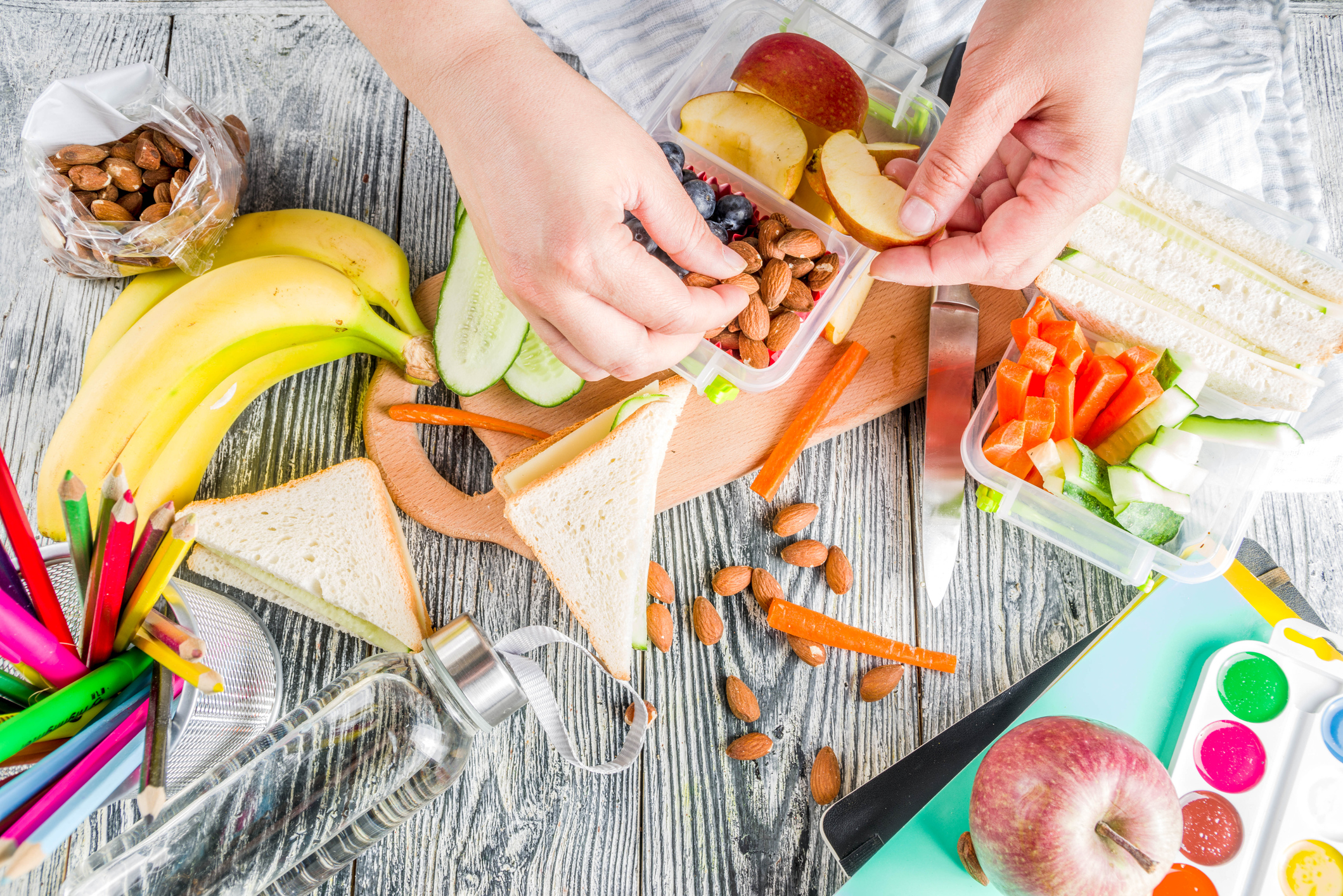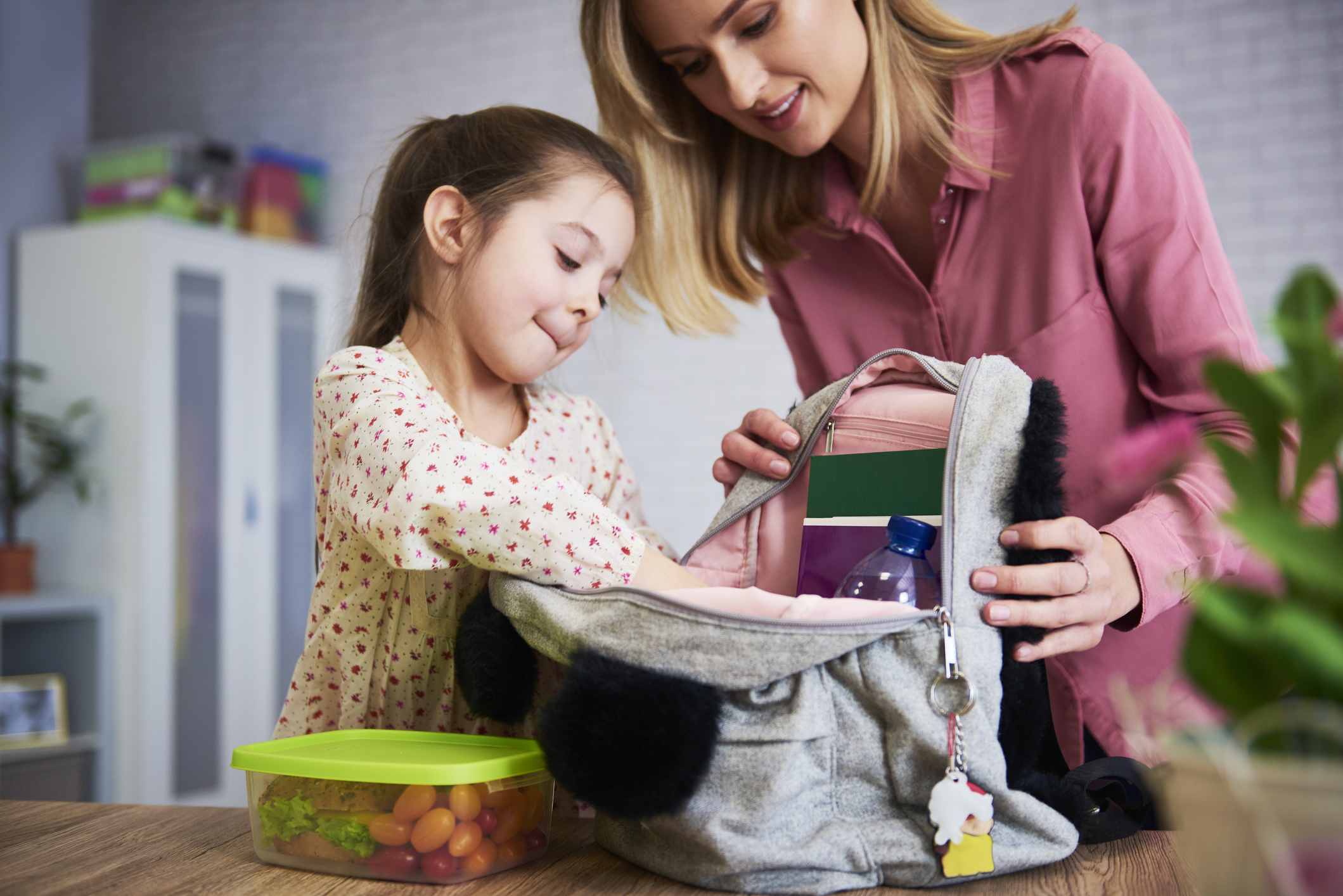
Illness is hitting our community hard right now. Many schools are seeing high numbers of kids out sick each day. Some of our K-12 school partners are experiencing absenteeism rates of nearly 20 percent. Here at Hendricks Regional Health, our Immediate Care Centers and primary care offices are seeing a record number of patients.
These are all factors in our decision to return to masking in our facilities this week. Not only must we protect our patients and visitors, we must also protect our doctors, nurses and associates so they can be there for you when you need them most.
Hendricks Regional Health’s Chief Medical Officer Dr. Michelle Fenoughty shares what’s causing this widespread illness. It’s a mix of three viruses: COVID-19, the flu and RSV. We know that everyone is frustrated and tired of talking about COVID. But there is good news. By doing just three things, you can dramatically increase your chances of staying healthy this winter:
1) Wash your hands
2) Stay home when sick
3) Get vaccinated
Background
The virus that causes COVID-19 changes over time, requiring scientists to update the vaccines to protect us from illness better. The first vaccination series and subsequent boosters you may have received only target the original virus strain. Those shots were also effective against the Delta variant but less against Omicron. The new bivalent vaccine booster targets the original virus strain and the Omicron variant. The bivalent vaccine booster is safe and your best protection against COVID-19.
The flu vaccine is updated yearly based on what scientists believe will be the most common strains. This process has worked for over 50 years to prevent severe illness and death. Scientists are now taking the same approach with the COVID-19 vaccine to keep us healthy.
Frequently Asked Questions
Q: So many shots! Is the bivalent vaccine booster really necessary?
A: The short answer is yes. It is your best protection against COVID-19.
The long answer is that symptoms of the Omicron variant are generally less acute than the original virus strain and Delta, but we are underestimating the effects of long COVID. We are seeing more and more clotting disorders (including leg clots, stroke and pulmonary embolisms), dementia and diabetes, which are all incredibly serious. The reasons to try and prevent COVID are two-fold: long COVID and protecting others.
Q: Is it ok to get my flu shot and the bivalent vaccine booster at the same time?
A: Yes.
Q: I’ve heard the bivalent vaccine booster is only effective for two months, so it is better to wait until cold weather to get it?
A: No. The two-month timeframe is a myth that I think has roots in the recommendation that you may receive the bivalent vaccine booster two months after your last booster. It would be best to get the bivalent vaccine booster as soon as possible to protect yourself against long COVID (see Question #1) and protect those around you.
Q: I recently had COVID, so I’m good to go for a while, right?
A: Not necessarily. People who get COVID receive a certain level of immunity from illness, but people who get vaccinated receive a higher level of immunity, and people who both get COVID and get vaccinated, receive the highest level of immunity. It would be best to get the bivalent vaccine booster as soon as possible to protect yourself against long COVID (see Question #1) and protect those around you.
Q: Where can I get the bivalent vaccine booster?
A: Both the Hendricks and Putnam County Health Departments are offering it by appointment.
Hendricks: Call 317-745-9222 or schedule online at appointmentquest.com/ scheduler/2240038634
Putnam: Call 211 or schedule online at in.gov/localhealth/putnamcounty/ Q: Where can I get a flu shot?
A: There are many options to get your flu shot. Check with your doctor’s office or stop by a Hendricks Immediate Care Center. Many local retail pharmacies also offer flu shots and you can find a list by visiting vaccines.gov/find-vaccines/ and typing in your zip code.




